New research found sophisticated reasoning in AI models that could enable situational awareness, posing safety risks if left uncontrolled.



Netherlands: The use of proton pump inhibitors (PPI) among kidney transplant recipients may lead to severe fatigue, fatigue severity, and lower mental and physical health-related quality of life, a new study has suggested. The study was published online in the American Journal Of Kidney Diseases.
Proton pump inhibitors (PPIs) are commonly prescribed medications for the management of acid-related gastrointestinal disorders.
Tim J. Knobbe and colleagues aimed to investigate the potential association between PPI use and fatigue as well as health-related quality of life among 937 kidney transplant recipients. Participants were at least one-year post-transplantation and were enrolled in the TransplantLines Biobank and Cohort Study.

Human curiosity remains an irreplaceable element in scientific exploration and discovery. Despite the impressive capabilities of AI, it is human curiosity that drives new ideas, inspires new directions in research and development, and leads to a constant stream of innovation and discovery. We must continue cultivating and nurturing human curiosity to ensure scientific advancement and discovery progress.
Combining AI and human curiosity can lead to even more outstanding results. Although AI may eventually improve and replicate certain aspects of human curiosity, interest is an integral part of being human and is necessary for scientific progress. In the future, AI and human curiosity will work together in a complementary way to achieve even more impressive scientific discoveries.
Some argue that AI still needs to gain common sense, creativity and a deep understanding of the world that humans possess. Human curiosity drives researchers to ask questions, seek new knowledge and explore new ideas, which is essential for advancing AI research. Human expertise and creativity are also critical for developing effective responses to crises like the Covid-19 pandemic. While AI can replace some tasks, it cannot replace human problem-solving skills. Therefore, combining the strengths of AI and human curiosity is necessary to achieve outstanding results in scientific pursuits.
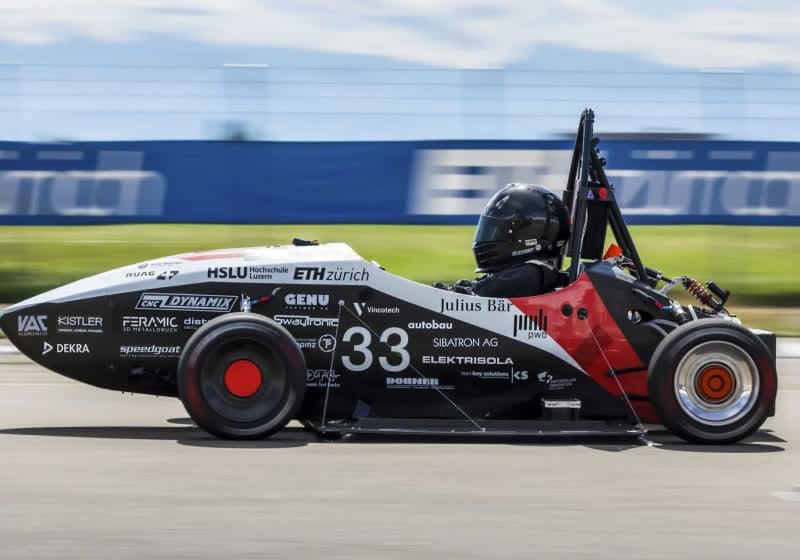
In a nutshell: Every September, the Guinness Book of World Records sits in on a little drag race between college students. The seat is reserved because these mostly untelevised races are known for pushing the absolute limits of tiny electric cars, and frequently, a team makes acceleration history.
Applied sciences students from ETH Zurich and Lucerne University have broken the world record for acceleration in an electric car. The University of Stuttgart held the previous record, set last year when it sent its car screaming down the track, going from zero to 100 km/h (62.15 mph) in 1.461 of a second. This week, the students from Zurich crushed that showing with a time of just under one second (0.956 of a second) and a distance of 12.3 meters.
The students are Academic Motorsports Club Zurich (AMZ) members and spent a year building the car they named “Mythen.” The team suffered several setbacks and had to spend every minute of their free time tuning and swapping components. All their hard work paid off as driver Kate Maggetti set the world acceleration record for electric vehicles in front of Guinness judges on a test track in Duebendorf, Switzerland.
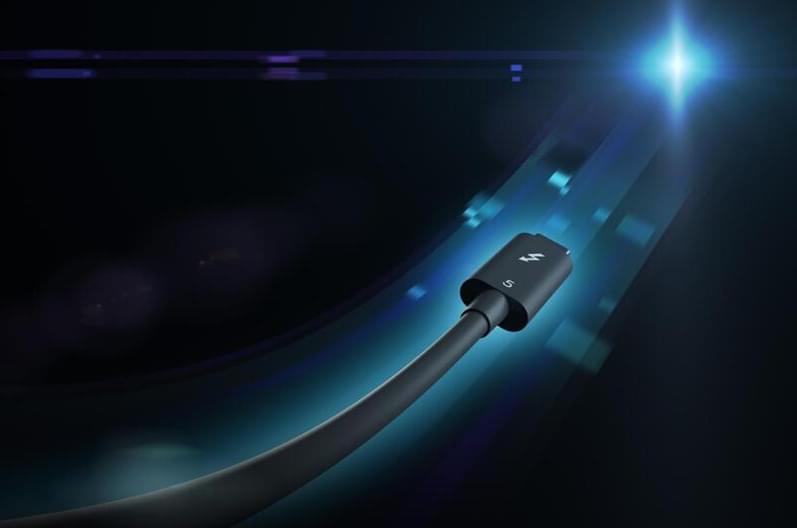
What It Does: Thunderbolt 5 will deliver 80 gigabits per second (Gbps) of bi-directional bandwidth, and with Bandwidth Boost it will provide up to 120 Gbps for the best display experience. These improvements will provide up to three times more bandwidth than the best existing connectivity solution, providing outstanding display and data connections. Thunderbolt 5 will meet the high bandwidth needs of content creators and gamers. Built on industry standards – including USB4 V2 – Thunderbolt 5 will be broadly compatible with previous versions of Thunderbolt and USB.
Why It Matters: Bandwidth needs of content creators, gamers and professionals are increasing significantly. These users want high-resolution displays and low-latency visuals while working with increasingly larger video and data files. Thunderbolt 5 has been designed to massively improve connectivity speed and bandwidth to ensure modern PC users can enjoy the highest-quality visuals and immersive experiences for years to come.
“Microsoft is excited to closely collaborate with Intel to bring the latest USB4 standard to Windows customers,” said Ian LeGrow, corporate vice president of Core OS product management at Microsoft Corp. “Thunderbolt 5 is fully USB 80Gbps standard compliant to support the next generation of high-performance displays, storage and connectivity.”
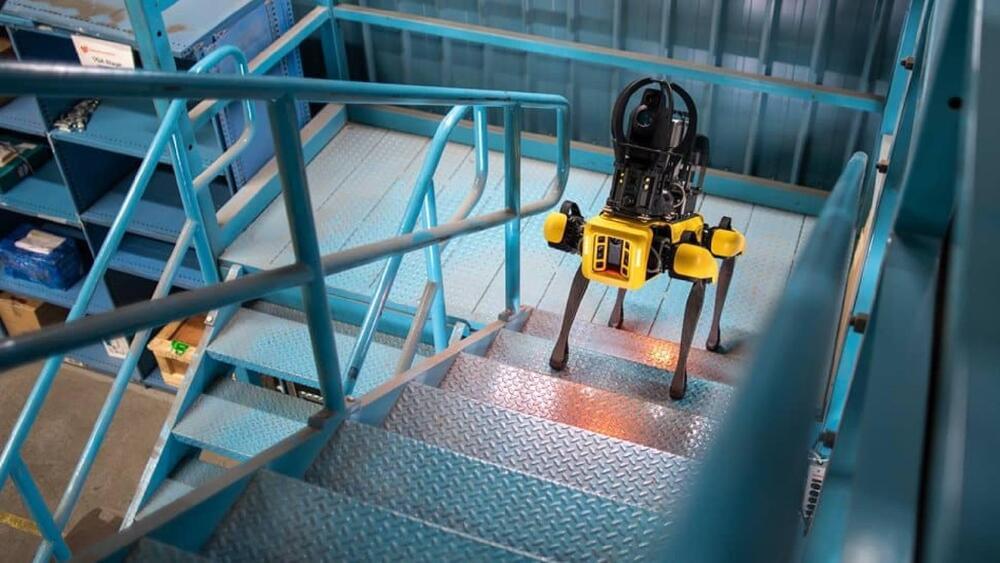
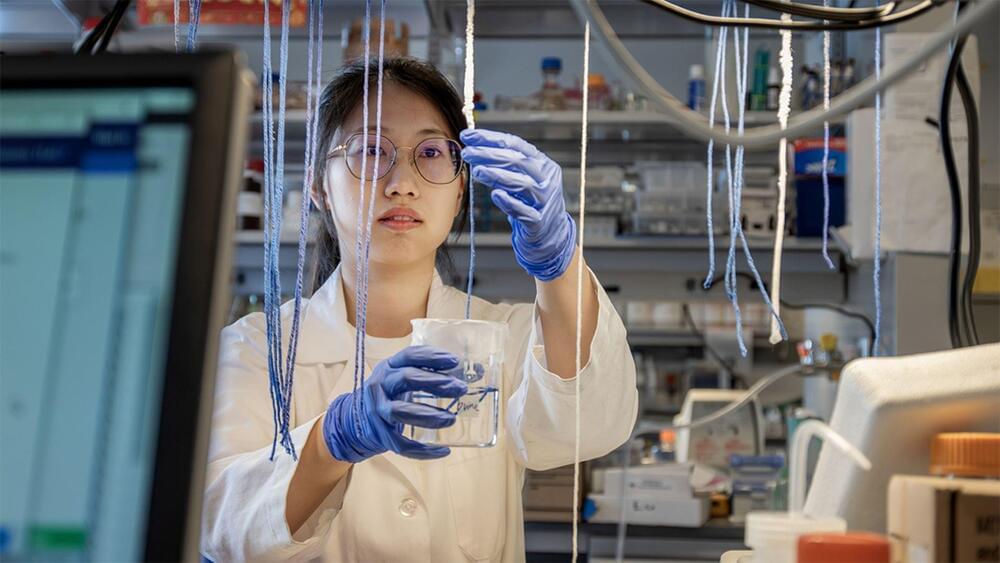
Researchers are even exploring the possibility of extracting lithium from seawater, potentially a game-changer for lithium accessibility globally.
A recent breakthrough by researchers at Princeton University provides renewed optimism for the future of the battery industry. An innovative method for extracting lithium presents a high potential to revolutionize clean energy sectors, such as electric vehicles and grid storage, while also reducing the environmental impact of lithium production.
Lithium, the silvery-white metal found in abundance in saline waters, has been a cornerstone of the clean energy transition. However, the environmental footprint of traditional lithium extraction is far from pure, requiring expansive plots of land and prolonged extraction processes. The solution? A new groundbreaking method that reduces both land use and time.

Galactic 3 flew the fossilized remains as “a tribute to the contribution of all human ancestors and ancient human relatives.”
Aside from the three private astronauts aboard the company’s spaceplane, Virgin Galactic also launched fossilized remains of ancient humans to suborbital space.
Virgin Galactic completed its third commercial suborbital spaceflight on September 8. Galactic 3 flew the fossilized remains as ‘a tribute to the contribution of all human ancestors and ancient human relatives.’
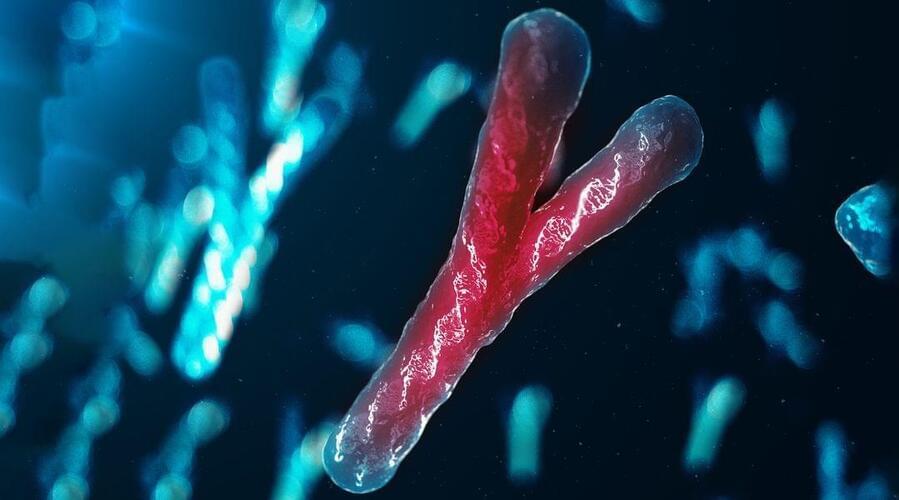

A patient at the Galilee Medical Center in Nahariya had his life saved thanks to an AI warning of intracranial bleeding. According to Israel Hayom, the resident of the city is a 50-year-old man who came in for a routine CT scan.
The reason for the scan was due to him complaining of strong headaches for a long period. Normally, the results of the CT scan would take several weeks before becoming available. However, due to an alert by the AI-based program in-house, it warned that the patient may have been experiencing intracranial bleeding.
Once alerted by the AI, doctors rushed to call the man to return to the medical center. Thankfully, the man was nearby and came right back. He was then operated on by staff who found the bleeding, saving his life.